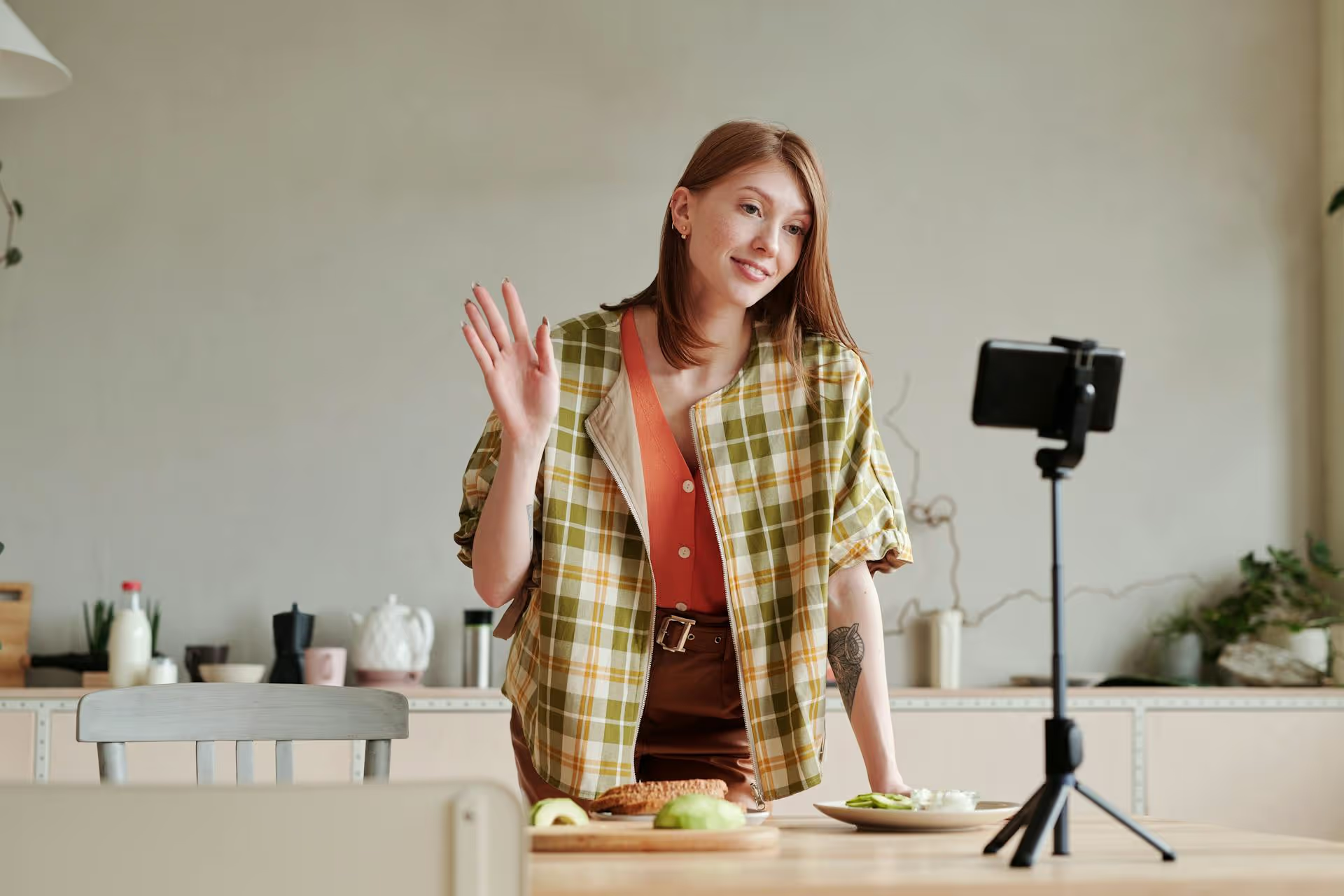How to Add Social Media Icons to an Email Signature
Enhance your email signature by adding social media icons. Discover step-by-step instructions to turn every email into a powerful marketing tool.

Facebook Events are one of the most effective tools available for gathering people, whether for a local workshop, a global webinar, or a product launch. This guide walks you through every step, from creating a compelling event page and promoting it effectively to engaging with your audience before, during, and after the big day.
Creating an event is straightforward, but optimizing it from the start makes all the difference. You can create an event from your personal profile, a business Page, or a Group. For most professional or business purposes, creating it from your Business Page is the way to go, as it gives you more promotional tools and analytics.
Here’s the basic setup process on a desktop:
Each field on the creation page plays a role in attracting attendees. Don’t just fill them in, make them work for you.
Your event name should be clear, descriptive, and engaging. Avoid vague titles. Instead of "Marketing Workshop," try something specific like "Intro to SEO: A Free Workshop for Small Business Owners." Including a keyword like "workshop" or "webinar" helps people instantly understand what it is.
Double-check your time zones, especially for online events. Facebook automatically adjusts the time for users in different regions, but it’s helpful to mention the primary time zone (e.g., "7 PM EST / 4 PM PST") in your description just to be safe.
This is your sales pitch. Start with a strong opening sentence that hooks the reader. Clearly explain what the event is about, what attendees will learn or experience, and why they shouldn't miss it. Use bullet points or short paragraphs to make the text easy to scan.
Your event's cover image is its digital billboard. A great one grabs attention in a crowded news feed. A poor one can make your event look unprofessional.
Once you’ve filled out the basic details, there are a few more settings you can tweak to maximize your event's reach and manage it better.
Are you partnering with another business, bringing in a guest speaker, or collaborating with another brand? Add them as a co-host!
When you add a co-host (they must have a Facebook Page), the event will also appear on their Page’s event calendar and can be seen by their followers. It’s a simple way to instantly double your organic reach. To do this, find the "Co-hosts" field during setup and type in the name of the Page you want to add. They will need to accept the invitation.
Click "Event Settings" to control how attendees interact with your event page. Here are a few important ones:
Creating the event is just the first step. Now, you need to get people to actually show up. The promotion work starts the moment you hit "Publish" and continues right up until the event begins.
Your first promotional activities should leverage your existing audience.
The "Discussion" tab inside your event page is your centralized community space. Keep it active! People who mark themselves as "Interested" or "Going" will see these posts in their notifications. This is your direct line to your most engaged audience.
Here are some types of posts that work well:
Now, it’s time to promote the event across other channels.
Your work isn't done when the event starts. How you manage the experience during and after the event has a huge impact on your brand's reputation and future event success.
If you're hosting on Facebook Live within the event, you have a built-in audience. Those who marked "Going" get a notification the moment you go live.
Keep the momentum going. Your relationship with the attendees shouldn't end when the event does.
By following these steps, you can turn a simple Facebook Event page into a powerful marketing and community-building engine.
Ultimately, a successful Facebook Event combines a well-structured setup with consistent, engaging promotion and a thoughtful attendee experience. From the initial click of "Create Event" to the final "Thank You" post, every step is an opportunity to connect with your audience and build a loyal community.
We know that planning all the social media posts to promote an event can feel overwhelming. Staying on top of countdown posts, reminders, and behind-the-scenes content across different platforms is a big job. To keep a clear head, we use the visual calendar inside Postbase to plan our entire promotional schedule. Being able to drag-and-drop posts and see weeks of content at a glance lets us focus on engaging with attendees instead of getting lost in spreadsheets.
Enhance your email signature by adding social media icons. Discover step-by-step instructions to turn every email into a powerful marketing tool.
Learn how to add your Etsy link to Pinterest and drive traffic to your shop. Discover strategies to create converting pins and turn browsers into customers.
Grant access to your Facebook Business Manager securely. Follow our step-by-step guide to add users and assign permissions without sharing your password.
Record clear audio for Instagram Reels with this guide. Learn actionable steps to create professional-sounding audio, using just your phone or upgraded gear.
Add translations to Instagram posts and connect globally. Learn manual techniques and discover Instagram's automatic translation features in this guide.
Optimize your Facebook Business Page for growth and sales with strategic tweaks. Learn to engage your community, create captivating content, and refine strategies.
Wrestling with social media? It doesn’t have to be this hard. Plan your content, schedule posts, respond to comments, and analyze performance — all in one simple, easy-to-use tool.